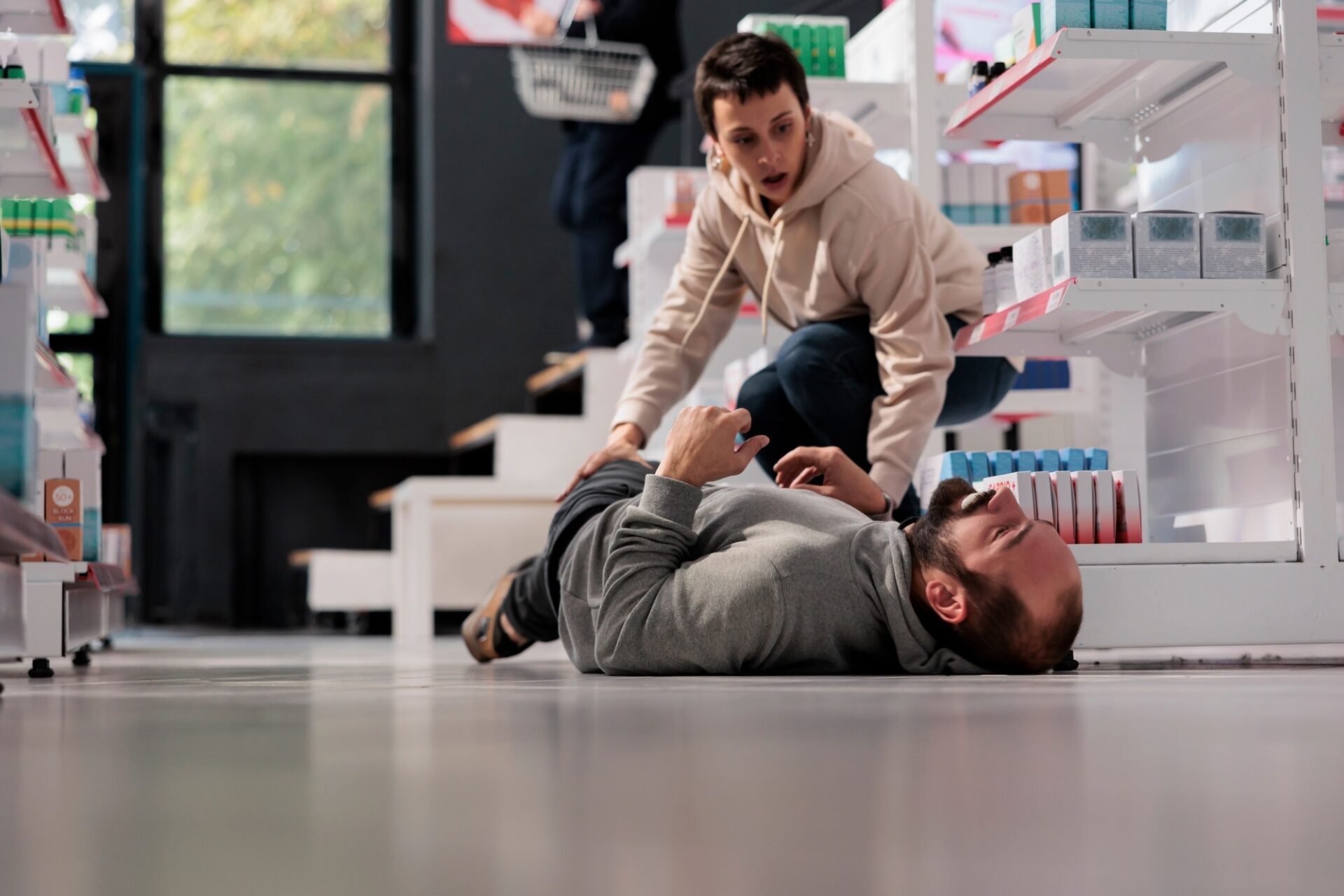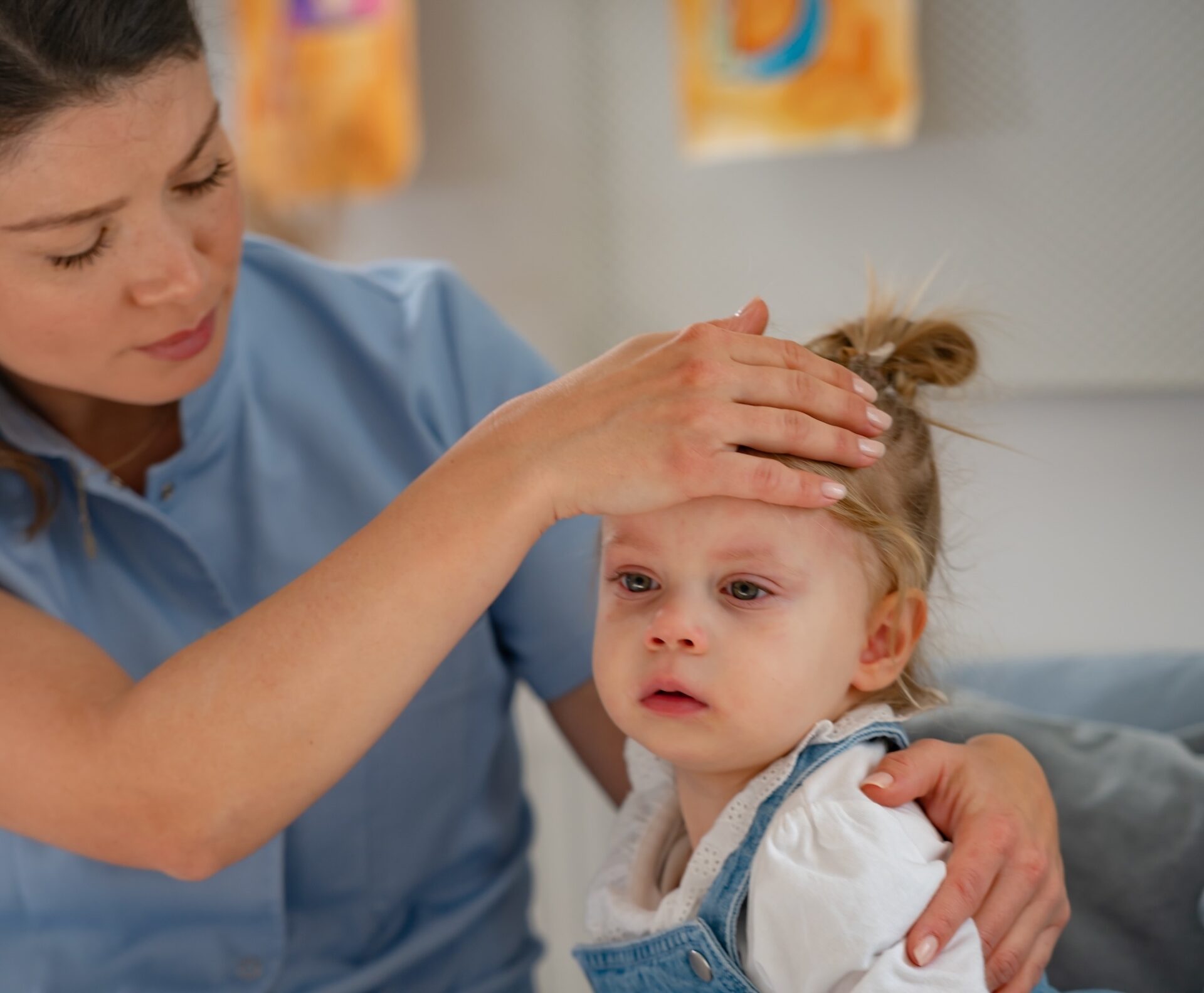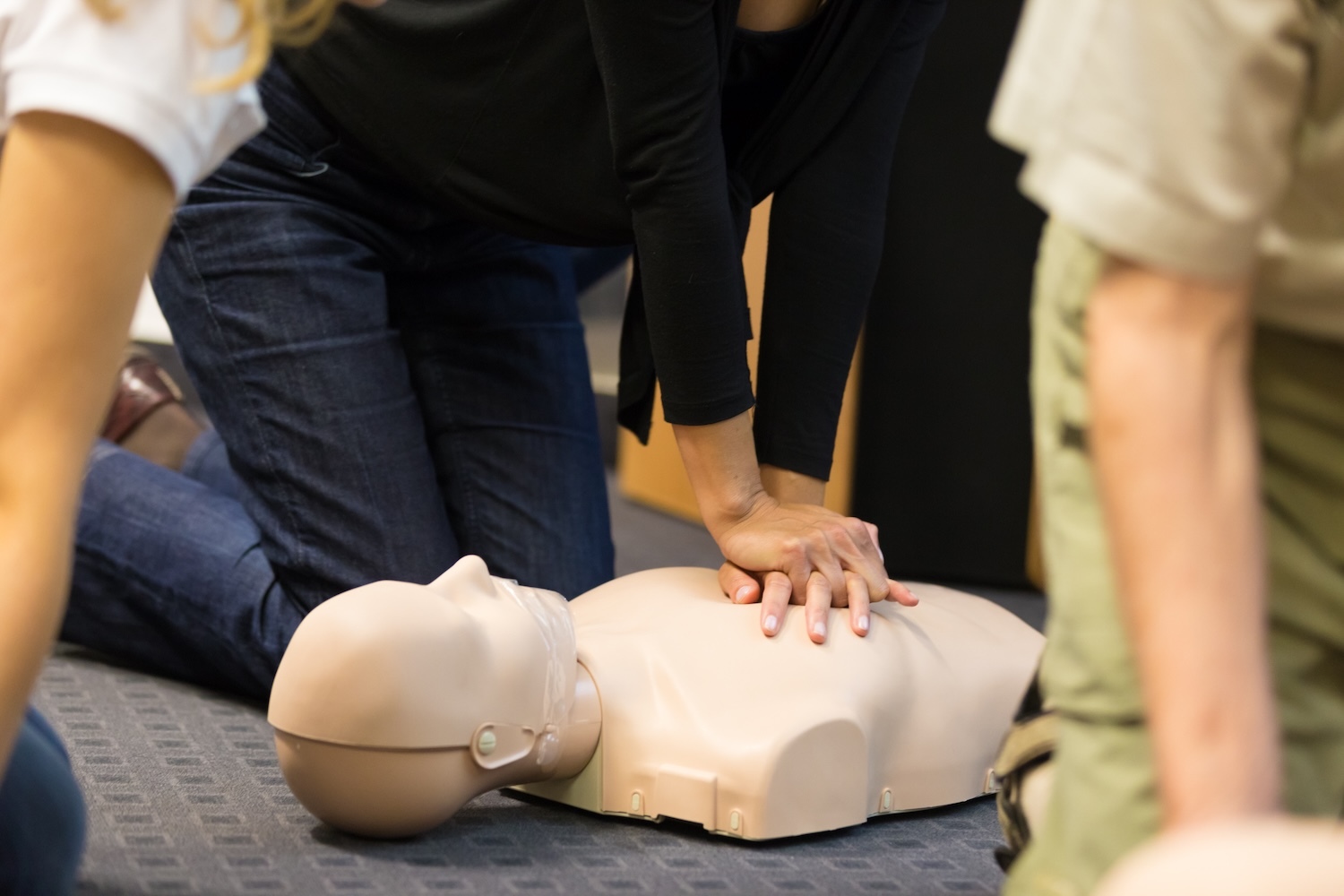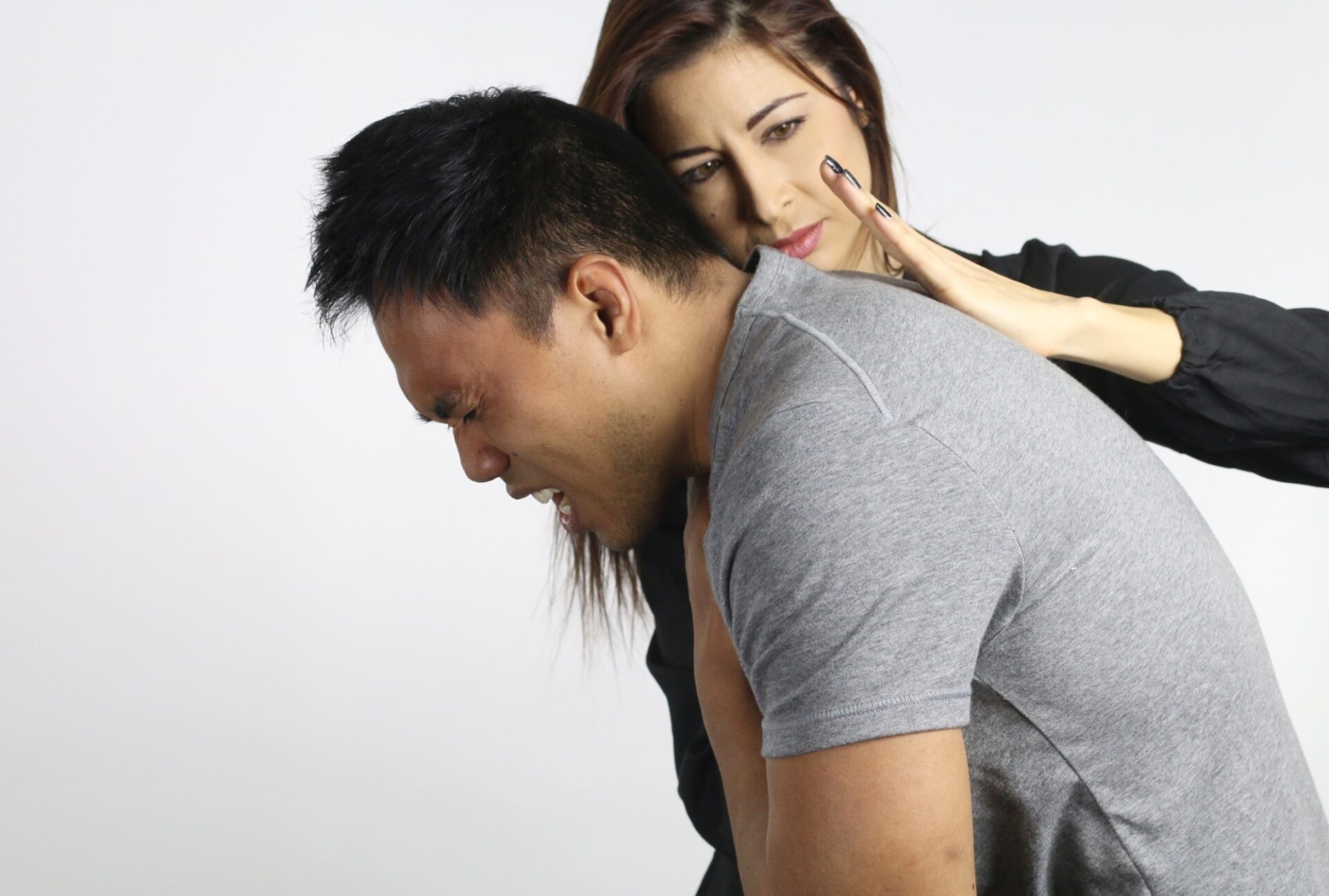Table of Contents
- DRSABCD Stands for What?
- What Are the 7 Stages of the DRSABCD Action Plan?
- What to Say When Calling Triple Zero (000)
- What to Do If There's No AED Nearby
- DRSABCD vs ABCDE
- Why Did DRABC Change to DRSABCD?
- FAQs About DRSABCD
- How to Prepare: Kits, Skills, and Next Steps
- Helpful Checklists
- Further Reading
- Ready to Act with Confidence?
DRSABCD is the first aid action plan Australians use to take control of a medical emergency - Danger, Response, Send for help, Airway, Breathing, CPR, Defibrillation. If you’re a parent, teacher, coach, or workplace first aider, this guide shows you exactly what DRSABCD means and how to follow the steps in the right order so you can help fast and safely.
You’ll learn the DRSABCD meaning, a clear 7-stages action plan, what to say when you call triple zero 000, how to act if there’s no AED nearby, and simple fixes for rescue breaths that don’t work. Everything here aligns with the Australian Resuscitation Council approach used by recognised first aid providers such as Australian Pacific Training Solutions. Keep this page handy, update your first aid kits, and be ready to use DRSABCD with calm, confident action when seconds matter.
DRSABCD Stands For What?
DRSABCD is a clear first aid action plan for medical emergencies:
- D – Danger: check for potential danger to you, bystanders, and the injured person.
- R – Response: check for a response: talk, touch, squeeze shoulders.
- S – Send for help:call triple zero 000 (or 112 from a mobile).
- A – Airway: open the casualty’s airway, clear any foreign material from the casualty’s mouth.
- B – Breathing: do a quick breathing check—look, listen, feel.
- C – CPR: if not breathing normally, perform CPR with chest compressions and rescue breaths.
- D – Defibrillation: attach an automated external defibrillator and follow voice prompts.
Use this drsabcd 7 stage action plan to give immediate first aid until emergency services or medical professionals arrive.
What Are the 7 Stages of the DRSABCD Action Plan?
Danger
Look for potential danger: traffic, broken glass, fire, chemicals, water hazards or electrical shock risks.
Put on gloves from your first aid kits for good infection control.
If it’s not safe, keep clear and get emergency help.
Response
Kneel beside the person, speak clearly and squeeze shoulders.
Ask for a simple reply or movement.
If the person shows signs of awareness, keep them still, treat minor injuries or an injured limb, and monitor.
Send for help
No response or you’re concerned? Call triple zero 000 at once (112 from a mobile).
Put your phone on speaker so you can start the drsabcd action plan straight away.
Ask a bystander to bring an AED and guide emergency services to your location.
Airway
Open the person’s head airway with a head tilt and chin lift.
Gently open the mouth; remove visible foreign material from the person’s mouth.
If breathing, place in the recovery position and monitor breathing.
Breathing
Do a breathing check for up to 10 seconds.
Look for regular chest movements, listen and feel at the casualty’s mouth.
Gasping is not normal breathing—treat as not breathing and start cardiopulmonary resuscitation.
CPR
Start performing chest compressions in the centre of the chest at ~100–120/min with full recoil.
After 30 compressions, give two rescue breaths using a resuscitation mask if you have one.
If you’re not confident with breaths, continue strong hands-only compressions.
Keep going until the ambulance arrives, an AED tells you to pause, or the person recovers.
Defibrillation
Turn on the AED and follow the voice prompts.
Apply pads as shown; for a child, use paediatric pads if available.
Keep everyone clear during analysis and shocks, then continue CPR when told.
What to Say When Calling Triple Zero (000)
Be calm and direct.
Say:
- Location: exact address or landmark (share a plus code if possible).
- What happened: collapse, drowning, choking, trauma.
- Condition: “Not breathing” / “Breathing normally” / “Unconscious but breathing.”
- Actions taken: “We’re starting CPR now,” “AED attached,” “In recovery position.”
Stay on speaker.
Follow operator timing and cues for aid techniques and emergency response.
Ask about nearby AEDs if none are obvious.
What to Do If There’s No AED Nearby
Start performing CPR immediately and send someone to check the closest gym, school, shopping centre, surf club, or workplace.
Swap rescuers every 2 minutes to keep compressions strong.
If you’re alone and an AED is very close and safe to access, get it quickly and return; otherwise, continue CPR until help arrives.
Real-world DRSABCD Example
A recent student, Janie from Mitre 10 Frankston, was out with her friends on a Friday afternoon when suddenly one of them went into cardiac arrest. She immediately took note of her surroundings to check for any danger, checked her friend’s responsiveness, got someone to send for help while she opened her friend’s airway, and started to perform CPR. She was able to keep her friend alive till help arrived. “I cannot thank APTS enough for the life-saving skills they trained me to do”. Thanks to Janie’s application of DRSABCD, she was able to deal with her friend's life-threatening incident till paramedics came.
DRSABCD vs ABCDE
What each model does
- DRSABCD — Danger, Response, Send for help, Airway, Breathing, CPR, Defibrillation
Built for time-critical medical emergencies. It gets you to CPR and an automated external defibrillator fast, while keeping safety and the airway front of mind. Call triple zero 000 early and follow the AED voice prompts. - ABCDE — Airway, Breathing, Circulation, Disability, Exposure/Environment
A structured trauma assessment used to find and treat the biggest threats first (e.g., bleeding, blocked airway, low oxygen, head injury, hypothermia). You reassess after each step and keep cycling until emergency services take over.
- DRSABCD — Danger, Response, Send for help, Airway, Breathing, CPR, Defibrillation
When to use which
- Choose DRSABCD if the person is unresponsive, not breathing normally, or you think it’s cardiac arrest. Start chest compressions and attach an AED as soon as possible.
- Choose ABCDE if the person is responsive or breathing and you suspect injury (falls, crashes, sports trauma), burns, bleeding, or other life threatening conditions that need a systematic check.
- Choose DRSABCD if the person is unresponsive, not breathing normally, or you think it’s cardiac arrest. Start chest compressions and attach an AED as soon as possible.
How they complement each other
- If you begin with DRSABCD and the person starts breathing again, you can switch to an ABCDE scan to spot hidden problems (bleeding in Circulation, head injury under Disability, etc.).
- If you start with ABCDE and the person becomes unresponsive or stops breathing, pivot to DRSABCD immediately and perform CPR.
- If you begin with DRSABCD and the person starts breathing again, you can switch to an ABCDE scan to spot hidden problems (bleeding in Circulation, head injury under Disability, etc.).
Quick decision guide
- Unresponsive + not breathing normally? Use DRSABCD → start CPR → attach AED.
- Breathing and responsive after a fall or crash? Use ABCDE → manage airway and bleeding → keep reassessing → hand over to medical professionals.
- Unsure? Begin with DRSABCD to secure the airway and breathing, then run an ABCDE check once stable.
- Unresponsive + not breathing normally? Use DRSABCD → start CPR → attach AED.
Both models aim for fast, safe, immediate first aid. Pick the one that fits the scene, stay calm, and call 000 early so medical professionals can guide you step by step.
Why Did DRABC Change to DRSABCD?
Short answer: training moved from DRABC to DRSABCD to make two lifesaving actions unmissable—send for help early and use an AED fast.
The key reasons
- Early defibrillation saves lives. Adding D for Defibrillation puts the automated external defibrillator (AED) front and centre for suspected cardiac arrest. Public AEDs are common now, and using one quickly (and following its voice prompts) improves outcomes before medical professionals arrive.
- Call for help sooner. The S = Send for help step prompts you to call triple zero 000 early so dispatchers can guide CPR and locate an AED. That support shortens delays and gives you real-time instructions.
- Clearer sequence for real scenes. The expanded checklist reduces hesitation under pressure. Danger → Response → Send → Airway → Breathing → CPR → Defibrillation mirrors how first aid actually unfolds during life threatening conditions.
- Consistency with Australian teaching. The Australian Resuscitation Council and major first aid providers (e.g., St John Ambulance Australia) teach drsabcd so the public, workplaces, and responders share the same language and steps.
- Better fit for modern equipment. AEDs are designed for lay use; highlighting them in the acronym nudges rescuers to fetch and apply an AED early, then resume compressions when told.
- Early defibrillation saves lives. Adding D for Defibrillation puts the automated external defibrillator (AED) front and centre for suspected cardiac arrest. Public AEDs are common now, and using one quickly (and following its voice prompts) improves outcomes before medical professionals arrive.
What it means for you
If you learned DRABC, you’re very close—keep the same safety and airway checks, but add S (call 000 early) and D (attach an AED quickly). In practice: secure the scene, check Response, Send for help, open the airway, check breathing, start chest compressions with rescue breaths if trained, and apply an AED as soon as it arrives. Keep going until emergency services take over.
FAQs About DRSABCD
What is the purpose of DRSABCD?
To guide basic first aid during a medical emergency so the airway is open, blood flow continues, and help is on the way.
Is DRSABCD for adults or children?
Yes - both. The sequence is the same; the technique for chest compressions and breaths changes with size.
Do I need training to use the DRSABCD action plan?
While anyone can provide basic assistance in an emergency, completing first aid training helps you apply the DRSABCD steps correctly and confidently. Accredited courses teach hands-on skills such as CPR, AED use, infection control, and other life-saving techniques—so you’re prepared to act quickly and safely when it matters most.
When do I stop CPR?
When the person shows signs of life, an AED says pause, medical professionals take over, or you are unable to continue.
What if I see an ill person who is breathing?
Place them in the recovery position, monitor response, and wait for professional medical assistance.
How to Prepare: Kits, Skills, and Next Steps
Build or update your kits
Keep first aid kits at home, work, and in the car.
Include a resuscitation mask; many aid kits and specialty kits include checklists and aid information cards.
Add gloves, antiseptic, bandages, scissors, saline, and a notepad.
Learn the skills that stick
Book a first aid training course with a certified RTO that can give you a nationally recognized accreditation. To be confident in your ability to deliver life-saving care & follow the DRSABCD process, it is recommended to get good training.
Helpful Checklists
10-second DRSABCD pocket list
- Danger
- Response
- Send for help – 000
- Airway – open, clear
- Breathing – look, listen, feel
- CPR – 30 compressions, two rescue breaths
- Defibrillation – AED on, follow voice prompts
What to pack in your first aid kits
Gloves, resuscitation mask, bandages, antiseptics, scissors, saline, notepad/pen, and an AED location list.
Many aid kits include a DRSABCD card—keep it on top.
Further Reading
- Australian Resuscitation Council — latest CPR and AED guidance.
- Healthdirect — public information on CPR and emergency care.
Ready to Act with Confidence?
Turn this drsabcd knowledge into action today.
Book a First Aid Course with recognised first aid providers, refresh your first aid kits, and share this guide with your team.
The next time a medical emergency strikes, you’ll know how to perform CPR, use an AED, place someone in the recovery position, and give the vital aid needed until medical professionals arrive.



